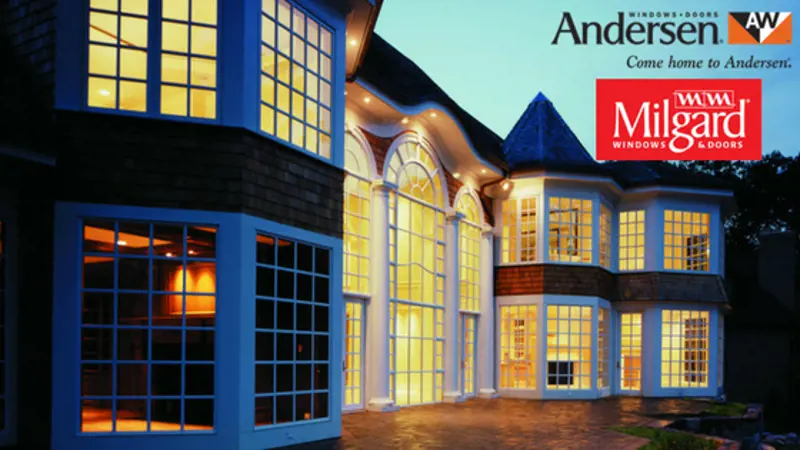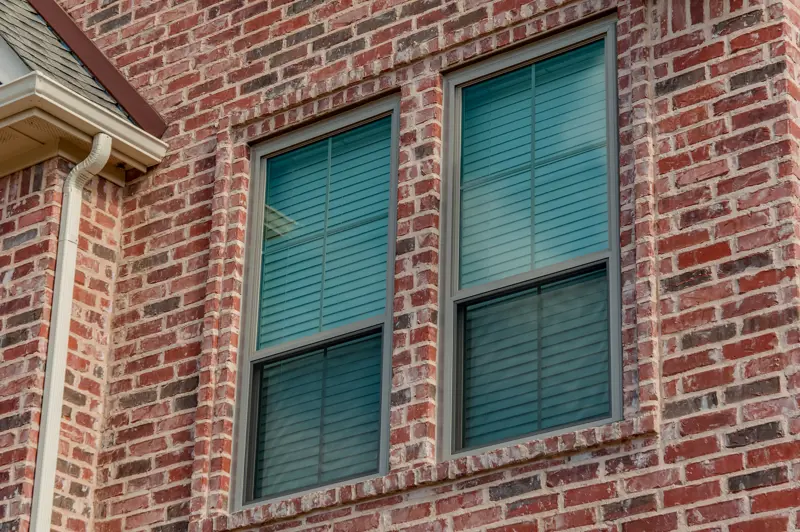
Pros and Cons of Each Window Material
You have several options to choose from when it comes to window material. If you've already started doing some product research, you may know that windows can be made from vinyl, aluminum, fiberglass, or wood materials.
Windows are also available in composite materials or with cladding. If you're not familiar with cladding we'll explain this in detail when we get to Wood Clad Windows.
In this article, we'll go over each of these materials so that you have more insight before deciding on a product for your home.
For replacement projects, it may be helpful to know what material your current windows are made from. Knowing what material the current windows are can inform your search. If you live in an HOA neighborhood, you should ask your board if there are any constraints to be aware of before purchasing windows.
Most window materials are fabricated from man-made chemical compounds except for wood windows. We'll talk about the man-made materials before diving into wood windows.
If you're interested in more information about a specific window use the navigation below to jump ahead.
Vinyl windows
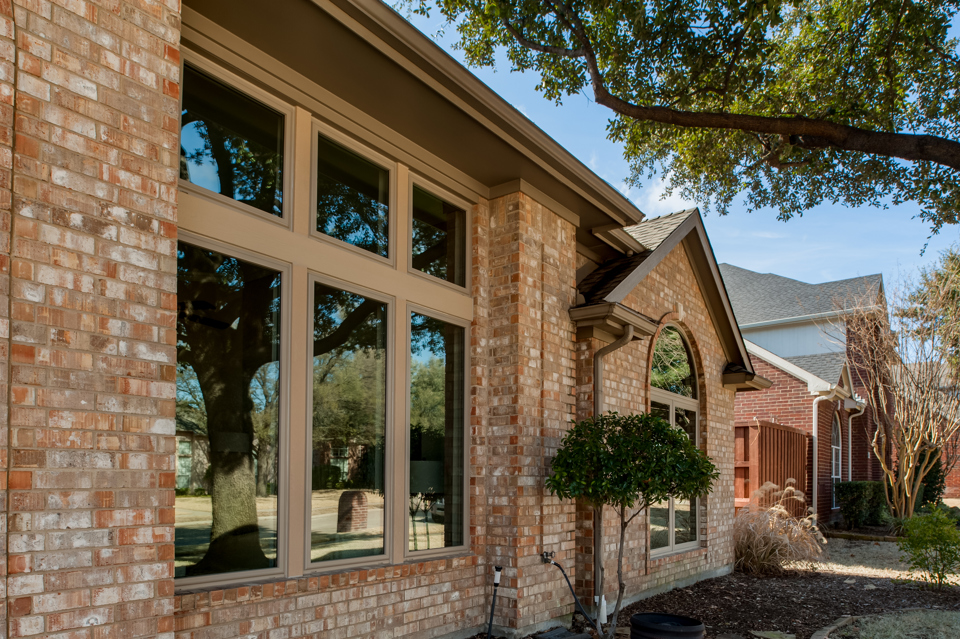
Vinyl windows are a popular choice among homeowners and builders because of their affordable prices, energy efficiency, and durability.
Vinyl windows are made from a polyvinyl chloride material, also known as PVC. Vinyl is a plastic material that works really well as a building material because it’s both flexible and durable.
As a plastic, vinyl is classified as an insulator which means that heat won’t transfer through the material. This is good news in the winter because your heat will stay in your home. As for the summer, the outdoor heat won’t transfer to the interior of your home.
High-quality vinyl is an excellent insulator and its thermal performance is comparable with wood. Vinyl windows made with small hollow chambers help reduce convection as does additional insulating foam.
Vinyl products are typically more affordable than those made from other materials but what makes them very attractive to homeowners is how little maintenance these windows require. They are resistant to warping, rot, and typically do not require painting maintenance.
Vinyl windows are available in many colors however the availability will vary between manufacturers. The color finish is part of the manufacturing process for vinyl windows. So, the color goes all the way through the material and results in a product that doesn’t need painting maintenance. Because choice is important, some manufacturers are also offering surface treatments and coatings to increase color selection and surface appearance options (wood veneer).
- Relatively inexpensive material
- Low thermal transfer
- Resistant to rotting, warping, and corrosion
- Recyclable
- Color options are usually limited
Aluminum windows

Aluminum windows are a popular choice for people looking for windows with thin frames and large glass surface. Like vinyl windows, aluminum windows are typically more affordable than other materials like fiberglass, wood, or wood-clad windows.
Aluminum is a versatile building material used in everything from houseware to airplanes. In our homes, it can be found in everything from shades, shelves, and skylights to skylights and folding glass door units.
It’s a lightweight material that is strengthened by adding alloys. (Alloys are metal properties with two or more elements.) This alone is what makes aluminum so versatile as a building material.
Strong and lightweight windows can hold large expanses of glass. Thin window frames are great in homes with a minimalist aesthetic. The thin frame of aluminum windows creates clean and crisp lines while letting lots of natural light into your home.
Additionally, aluminum windows are available in a wide array of colors and can be molded into many shapes. Paint on this material should be factory finished to withstand against corrosion and to minimize upkeep.
Unfortunately, the biggest drawback to aluminum frame windows is their energy performance. Metals have high thermal conductance that readily conducts heat and raises the U-factor of the window unit.
If having energy-efficient windows is important to you, you’ll want to go with a different option. Unless you’re willing to sacrifice energy efficiency for a thin frame and big expansive glass.
If you live in North Texas like us, aluminum windows won’t meet energy codes so make sure to talk to your retailer or contractor before choosing aluminum.
- Inexpensive building material
- Relatively low-maintenance
- Won’t swell or warp
- Resistant against corrosion
- Slim profiles allow for more glass
- Available in unique shapes and sizes
- Extremely low thermal performance
-
Prone to condensation
Fiberglass windows
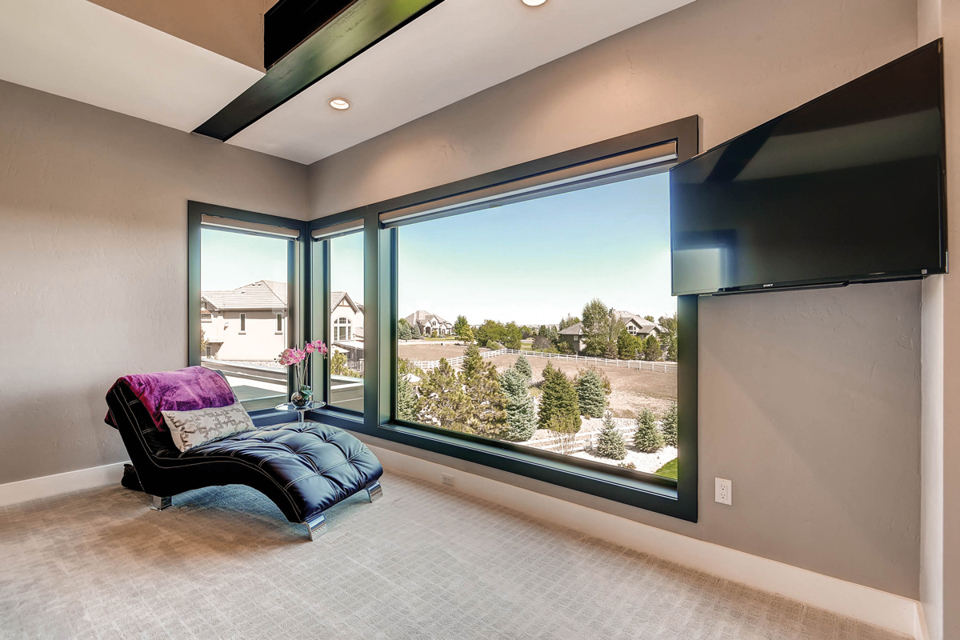
Fiberglass windows are a premium-priced product that comes with many benefits.
Fiberglass is a popular building material used in residential housing and heavy commercial applications. This is a material that has proven to provide decades of quality performance.
As a building material, fiberglass is technically a composite material because it is made by embedding glass fibers into a polymer matrix. Essentially it is a blend of glass fibers and plastic. Fiberglass is made through a pultrusion process, which brings together the glass fibers and plastic then molds it into the shapes needed to build with.
Fiberglass windows are mechanically assembled to provide quality, consistency, and reliability. Because the weather can affect the condition of your windows over time you’ll want to choose a material that works well in your climate.
Fiberglass is a good option in hot climates because it can take the heat and will resist distortion caused over time by the sun’s rays. Dark colors, especially, absorb heat which can weaken materials and make them more susceptible to water or air infiltration. They are also a good choice in coastal areas prone to hurricane-force winds.
If color options are important to you, you’ll be happy to know that fiberglass windows are available in a wide range of dark and light shades. Fiberglass can also be molded to simulate wood grains or be left smooth and sleek.
The versatility of fiberglass is similar to aluminum but you’ll find that fiberglass is premium-priced material. Like aluminum, fiberglass can also provide slim sightlines and more glass.
In addition to being an energy-efficient material, fiberglass is also an environmentally friendly building material made from a natural resource and made to last.
- Energy efficient
- Environmentally friendly
- Resistant to moisture and corrosion
- Low-maintenance
- Customizable shapes, sizes, and colors
-
Relatively expensive material
Composite windows
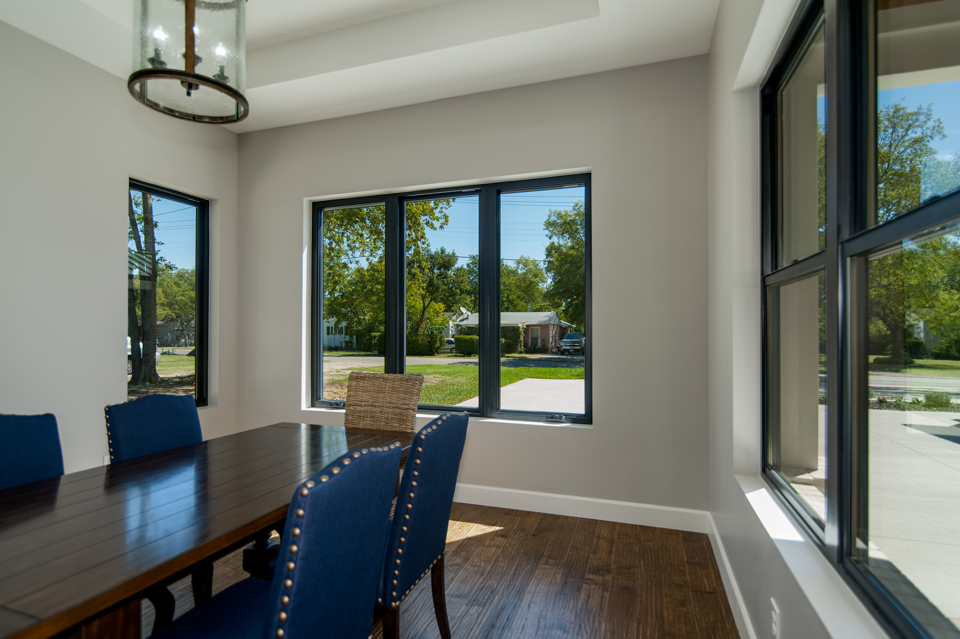
The material in composite window frames will vary by manufacturer. A composite material is comprised of two or more materials. Man-made wood products is a good example of a material used for composite windows.
Composite wood products are made from wood particles and resins. The combination of the two creates a material that has a comparable structural and thermal performance of wood but with greater resistance to moisture and decay.
The composite material began as an element used in window sills and door thresholds but now they are used to for entire window units (minus the glass, of course). The new generation of composite wood windows perform well and if well-maintained they have a long lifespan.
As for aesthetics, composites can be textured to simulate authentic wood and can also be stained or painted.
- Resistant to rot, corrosion, and warping
- Energy efficient
- Environmentally friendly building material
- Recyclable
- Many kinds of composites
-
Durability may vary by manufacturer
Solid wood windows
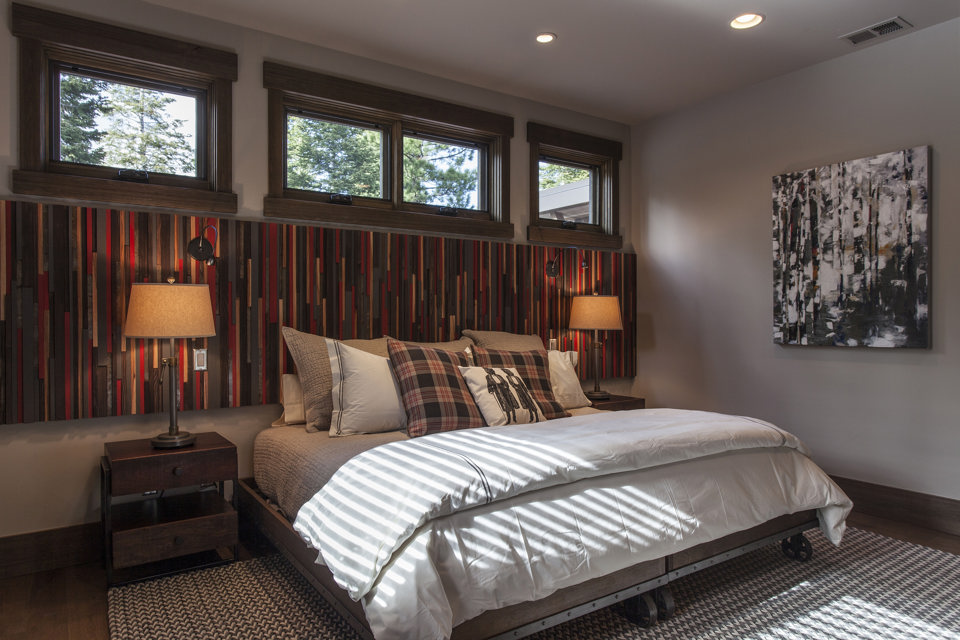
Wood windows are a classic choice with Old World charm. If your home currently has wood windows it may be difficult to choose any other material especially when you consider their aesthetic appeal.
This traditional building material is easy to mill into the complex shape of windows. Wood windows do require more hand craftsmanship than windows made from other materials but this also makes them easier to customize.
Wood windows can be painted or stained in light or dark shades. Wood species used for wood windows vary by manufacturer but you can expect to find Pine, Douglas Fir, Mahogany, and Knotty Alder as a few options.
Wood windows are expensive and typically found in older homes and high-end homes. They are a big investment and they require a lot of maintenance compared to windows made from other materials.
Unlike windows made from man-made materials, wood windows are susceptible to rot and warping but well-maintained wood windows will last decades.
Fortunately, in addition to being a beautiful product, wood windows are also highly energy efficient. Wood windows have no thermal transfer and perform on par or better than vinyl windows.
- Distinct beauty
- Unique grain patterns inside and out
- Energy efficient
- Customizable
- Expensive
- Requires regular maintenance
- Susceptible to rot and warping
Wood-clad windows
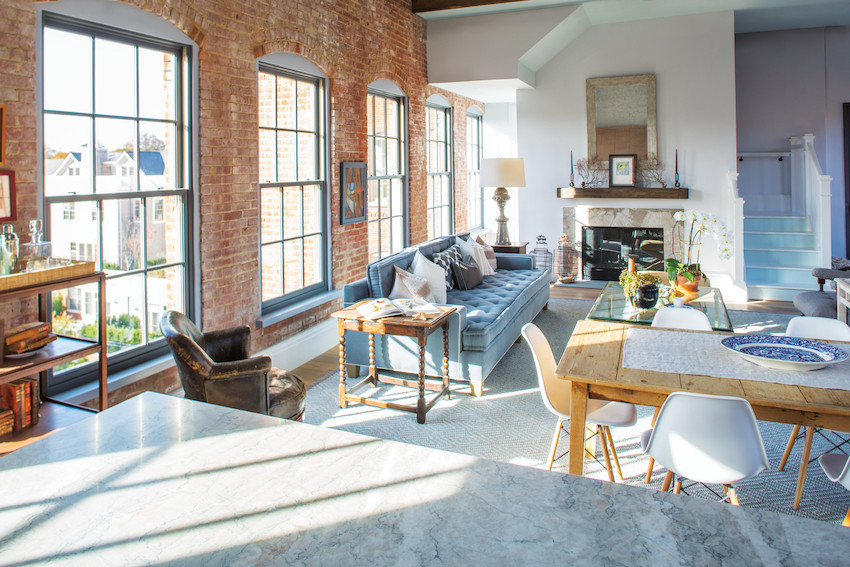
If you like the look of wood windows but worry about the maintenance required to make them last you’ll want to consider cladded wood windows (also referred to as wood-clad windows).
Wood-clad windows are solid wood windows with an exterior covered in another material like fiberglass or aluminum. Like, a composite window, this building technique brings two materials together for better performance.
With a wood-clad window, you’ll reap the thermal and aesthetic benefits of a solid wood window and you’ll get the added protection of the exterior material.
Wood-clad windows like solid wood windows and fiberglass windows are still a premium option so while you might not save on costs upfront you should see it as an investment. Properly installed and well-maintained windows will still help you save on your energy costs.
Although wood-clad windows require less regular maintenance they aren’t maintenance-free. You should keep an eye on the exterior of the window to make sure the cladding is keeping up and not separating.
For the interior painting and staining should be part of the maintenance for the wood window. The initial factory finish should last a few years but you’ll want to provide regular refinishing once the original finish starts to wear down.
A great benefit to wood-clad windows is the expansive color options available on the interior of the window and on the exterior. And because the window has a cladding you have more dual color options available than having to select one color for both the interior and exterior.
- Extremely customizable
- Energy efficient
- Strong
- Durable
- Recyclable
- Expensive
- The cladding is susceptible to separation
Final thoughts
Whichever material you're leaning toward, make sure you go over your options with your contractor or the window retailer you are ordering from. Your options will vary by location and by the manufacturer so you should have an idea of what you want but also be open to suggestions so you can get the most out of your investment.
Remember that window frame material alone isn't the only part of the window that counts for energy efficiency, in fact, the installation and glass package you choose have a greater impact on overall energy efficiency than the frame alone.
If you're looking for a quote or to schedule a free in-home consultation give us a call at 866-990-1174.
Oops!
We don't currently serve your area but do want to help you plan your project. Try our Build & Price tool to get an idea of window & door costs within DFW. Your area may be higher or lower but at least you'll have some idea of the price.
Thanks for stopping by.





